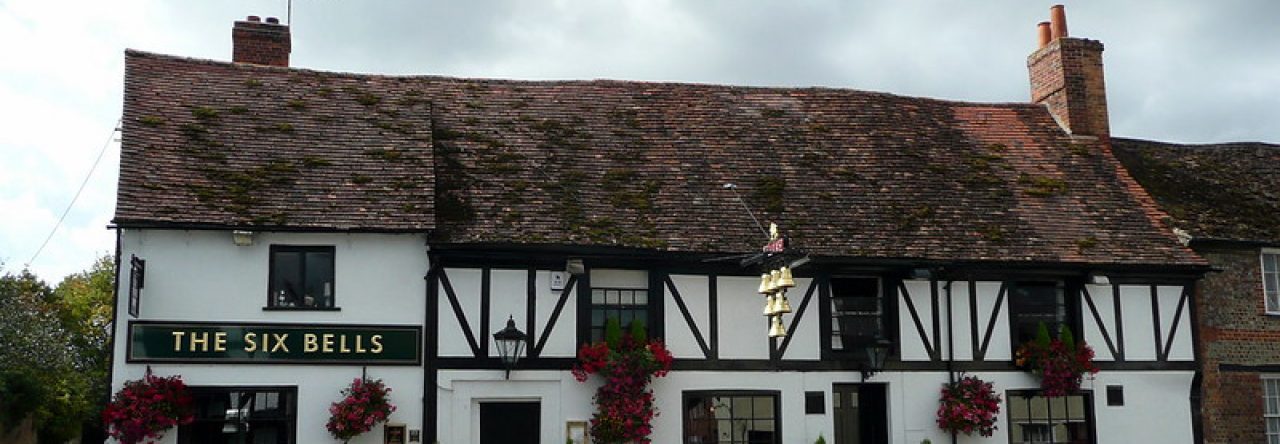THE historian Lupton writes in A History of Thame: “Spring Close on the bank of the High Ground above is a fine pure spring of high repute for its many virtues. We doubt not that the spring is a holy one and that its original name was Court Well, that the brook below had its name from the spring which was corrupted into Cuttle.”
Brown and Guest’s history of Thame adds further that it was known for its particular ability to cure eye complaints. The well was restored probably about 1850 but this destroyed the scalloped front which originally existed around it.
Lupton also tells of an inscription on one of the stones surrounding the well but says (frustratingly!): “This could not be got at.” The well still exists today and can be found tucked under St Joseph’s School on the private land that runs down to Cuttle Brook. The stone structure is in a dilapidated state and sadly the spring no longer flows through the structure. Probably the building of St Joseph’s School cut off the spring from the holy well proper and it now bursts forth from the ground in the corner of the field, making it quite marshy.
Interestingly, there are three quite ancient hawthorn trees by the well. This recalls the legend of St Joseph of Arimathea who on arriving in England struck his staff on the ground and it took root as a thorn tree. This thorn tree (a cutting of which existed at Quainton, near Aylesbury) only blossomed at Christmas.
Joseph buried the chalice at Glastonbury and immediately a spring gushed forth tinged with the Holy Blood. If the building of St Joseph’s school did cut off the supply of water to Court Well, it would be suitably ironic.
The only other hint we have about any possible origin of the well comes from its known ability to cure eye complaints. To folklorists this is an indication that the well may have once been associated with the Norse god Woden, from whom we get Wednesday (Wodensday).
He was a “wind or storm god with power over the dead…a leader of the wild hunt…a god of wisdom” (Brian Branston – The Lost Gods of England). He was also known as a healer and, more interestingly, he is said to have sacrificed one of his eyes in order to drink from the spring of knowledge, Mimir.
His equivalent of a Saint’s Day is midwinter, December 21, and there are many links between Woden and Father Christmas. Woden would ride a horse judging the good and the bad, while Father Christmas rides with reindeer checking his book of Good Little Boys and Girls.
In the early part of this century children believed that hobgoblins haunted the well, showing that even at that time the well had some importance in the town. The well is now on private property but has sadly been vandalised over the years.

Leave a Reply